1. Asbestos Insulation

Many 1970s homes feature asbestos insulation, which can pose serious health risks when disturbed. Professional removal is costly but essential for safety.
2. Lead-Based Paint
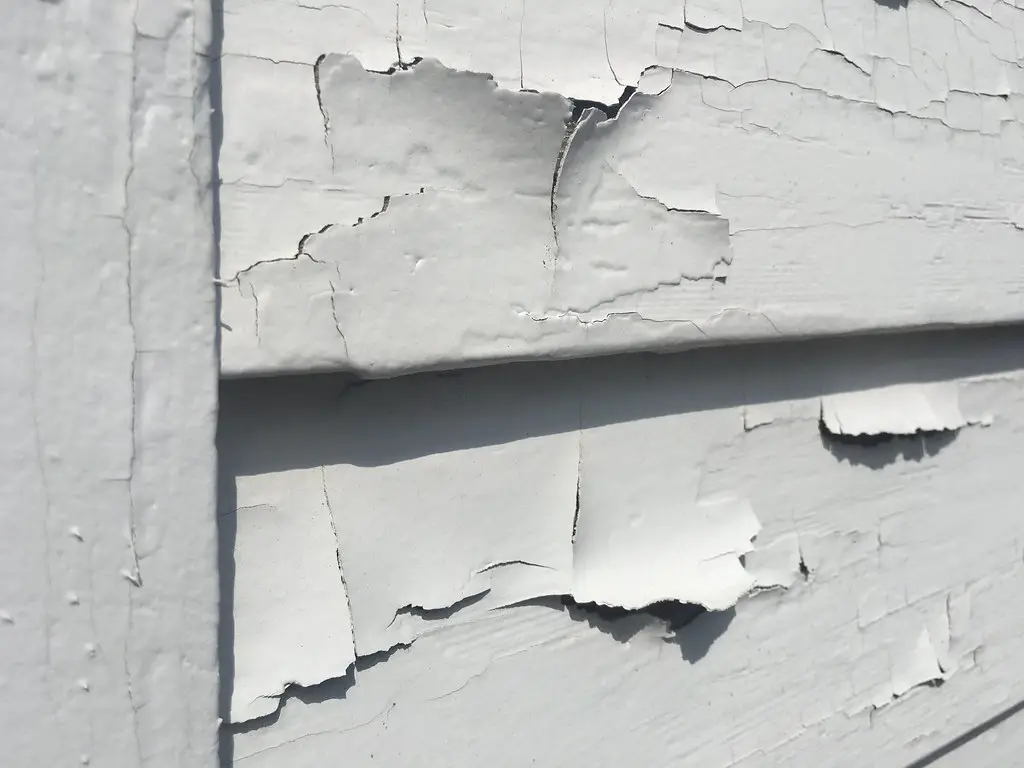
Lead paint was common in homes built before 1978. Peeling or chipping paint can release harmful particles, especially dangerous for children and pregnant women.
3. Outdated Electrical Wiring
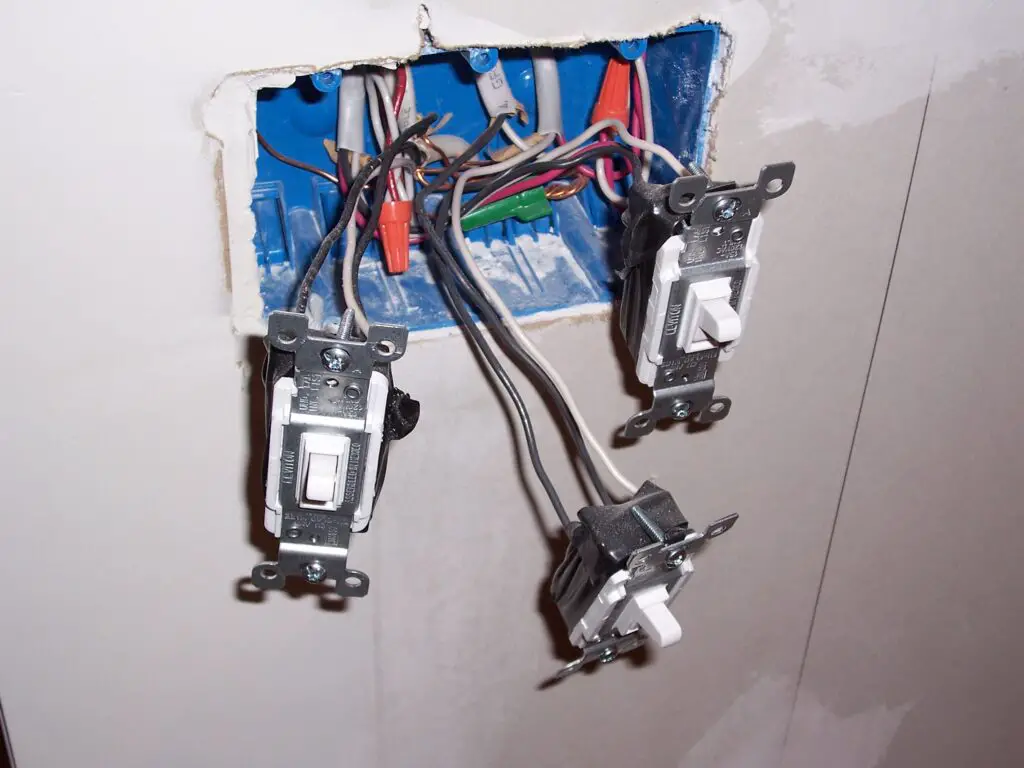
Older homes often have aluminum wiring, which is prone to overheating and increasing the risk of electrical fires. Upgrading to modern copper wiring is a necessary but expensive fix.
4. Faulty Plumbing Systems
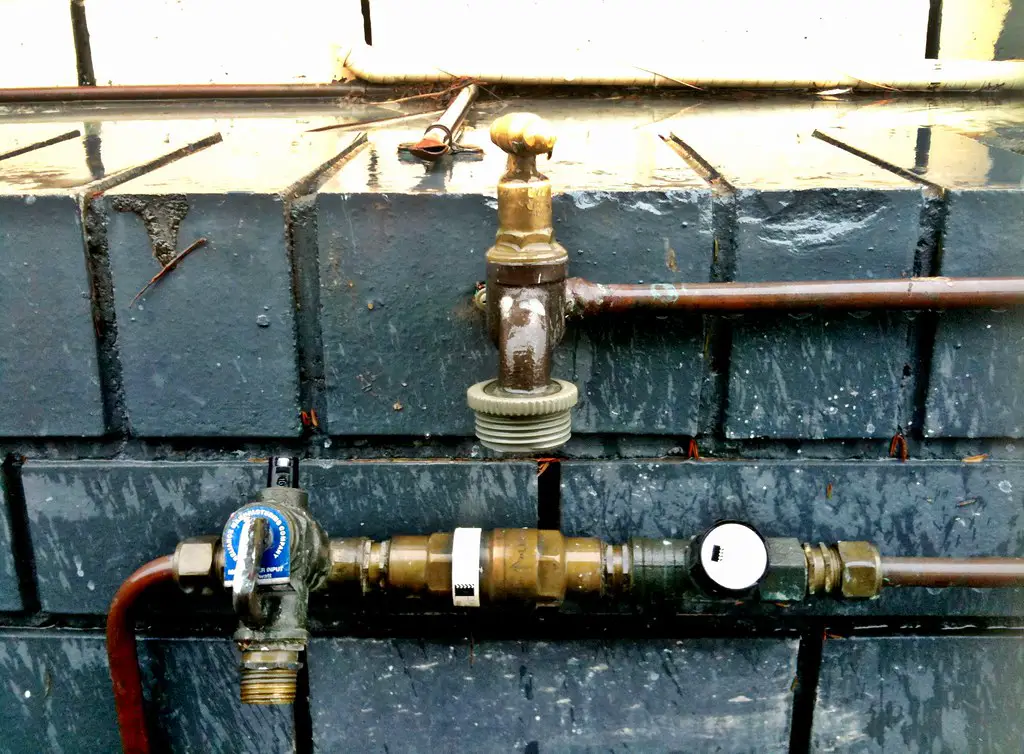
Polybutylene pipes, commonly used in the 1970s, are prone to cracking and leaks. Replacing them with modern materials is critical to prevent water damage.
5. Hidden Mold and Mildew
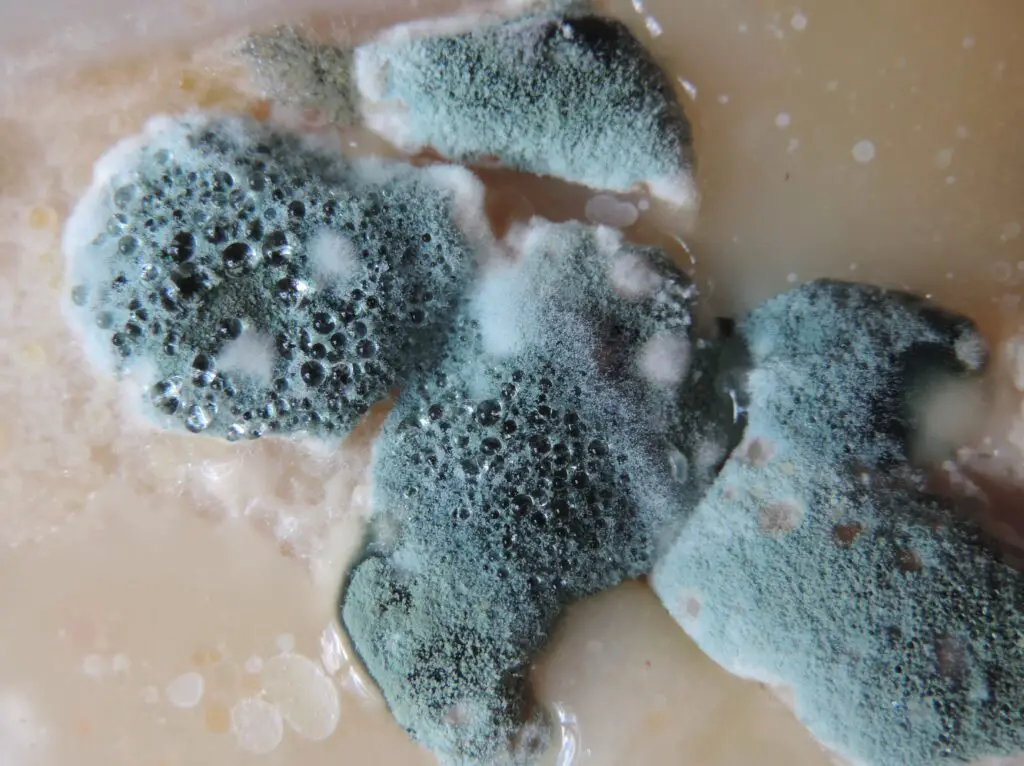
Decades-old ventilation systems can lead to hidden mold growth, especially in basements and bathrooms. Mold remediation can quickly become a costly project.
6. Inefficient Windows
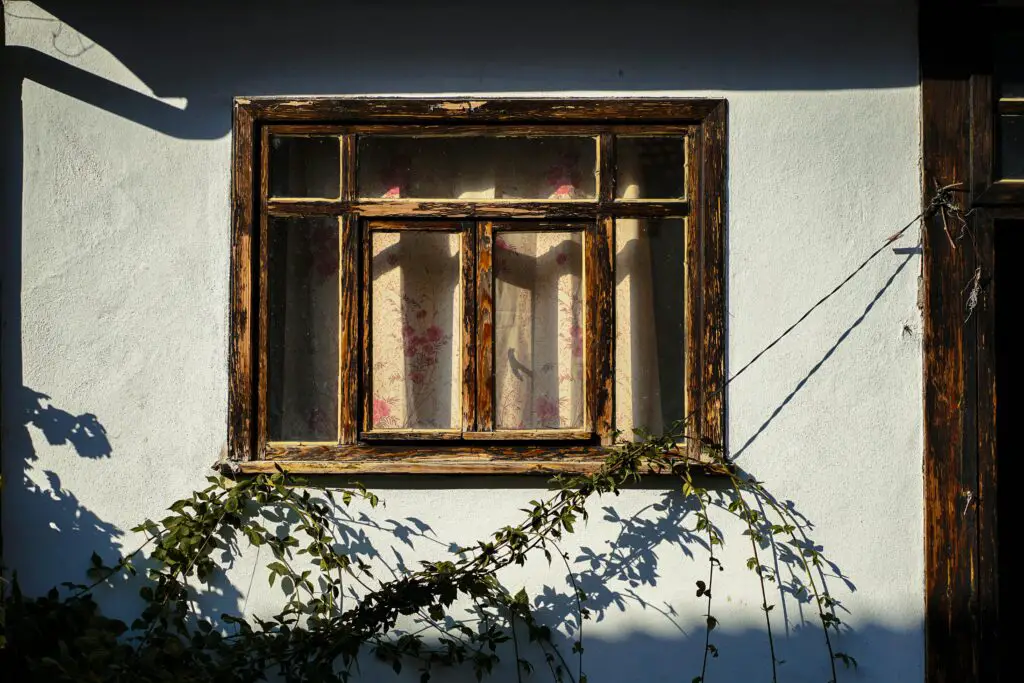
Single-pane windows were the norm in the 1970s, leading to poor energy efficiency. Replacing them with modern, insulated options can be a big expense but offers long-term savings.
7. Dangerous Flooring Materials
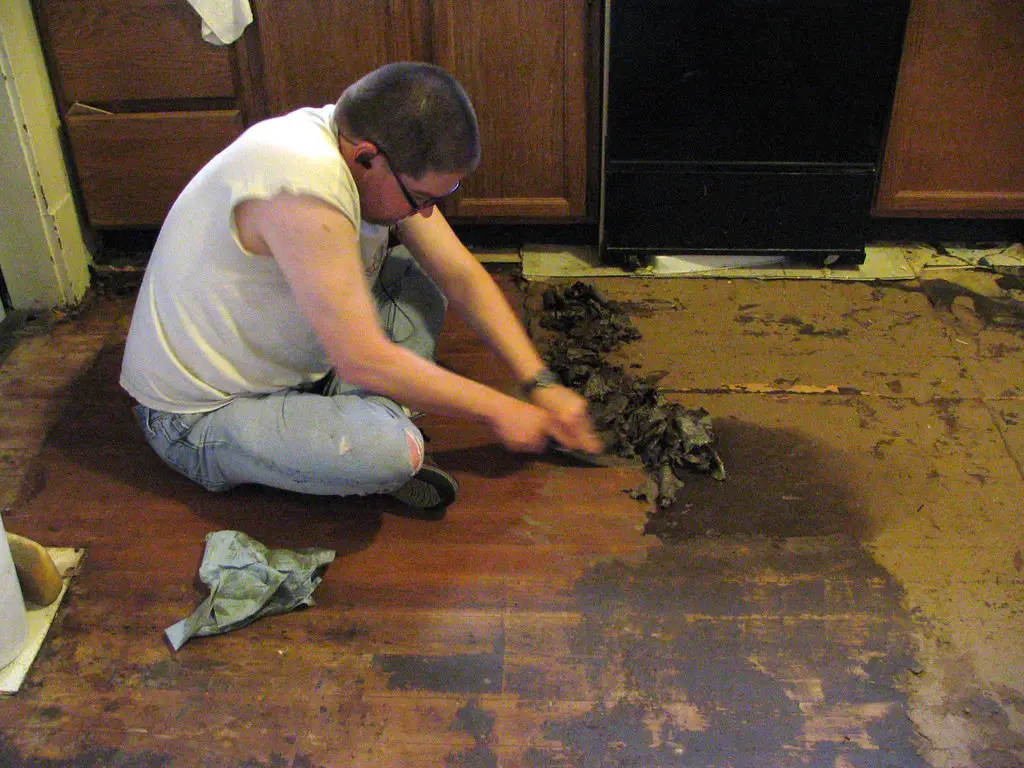
Some vinyl flooring and adhesives from the 1970s contain asbestos. Removing these materials requires professional handling to avoid releasing toxic fibers.
8. Outdated HVAC Systems
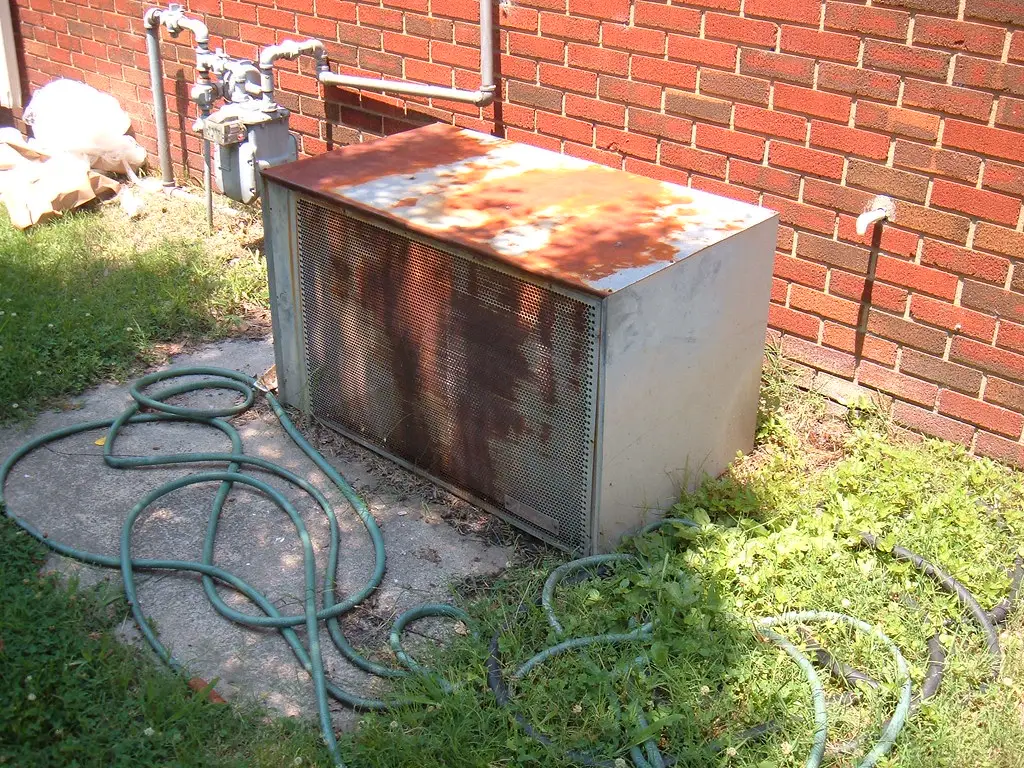
Heating and cooling systems in older homes are often inefficient and may even be on their last legs. Replacing an outdated HVAC system can cost thousands but is vital for comfort and safety.
9. Inadequate Roofing Materials
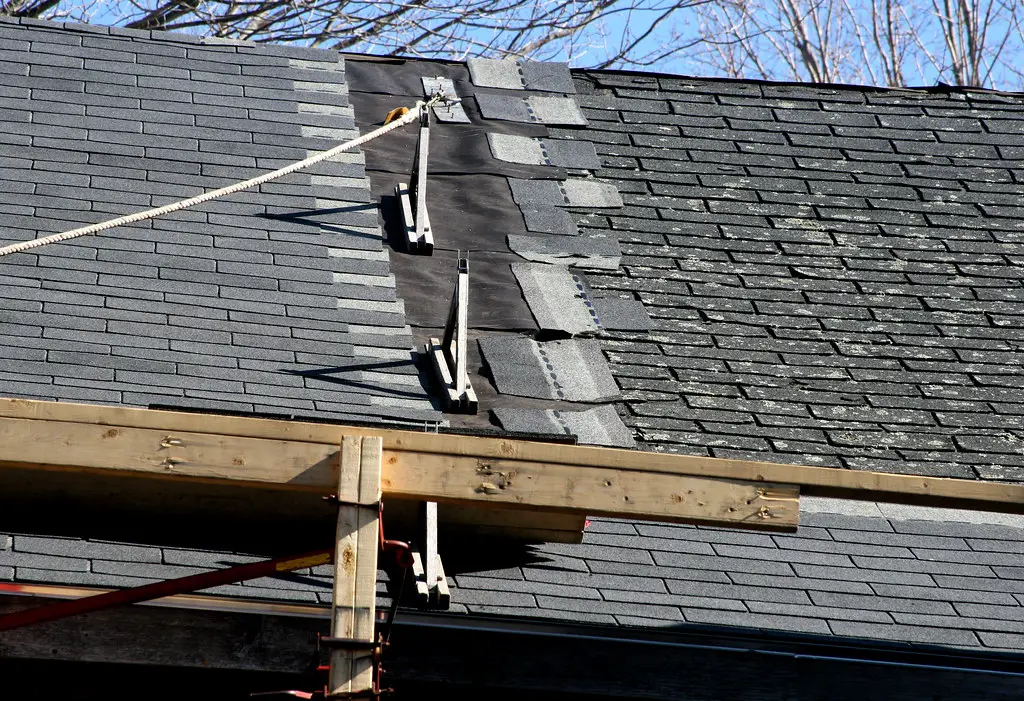
Roofing materials from the 1970s may have degraded significantly, leading to leaks or structural issues. Replacing an old roof is a significant investment but essential for protecting your home.
10. Weak Foundations
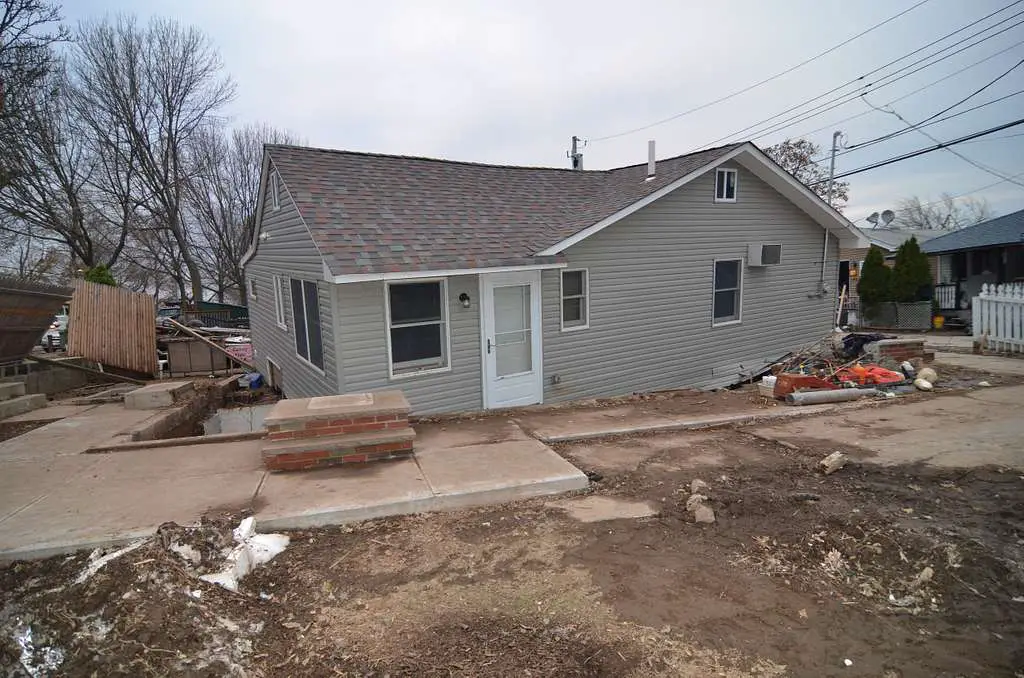
Settling and shifting over decades can leave 1970s homes with cracked or unstable foundations. Repairs can be extensive and are crucial to maintaining the home’s structural integrity.
11. Poor Drainage Systems
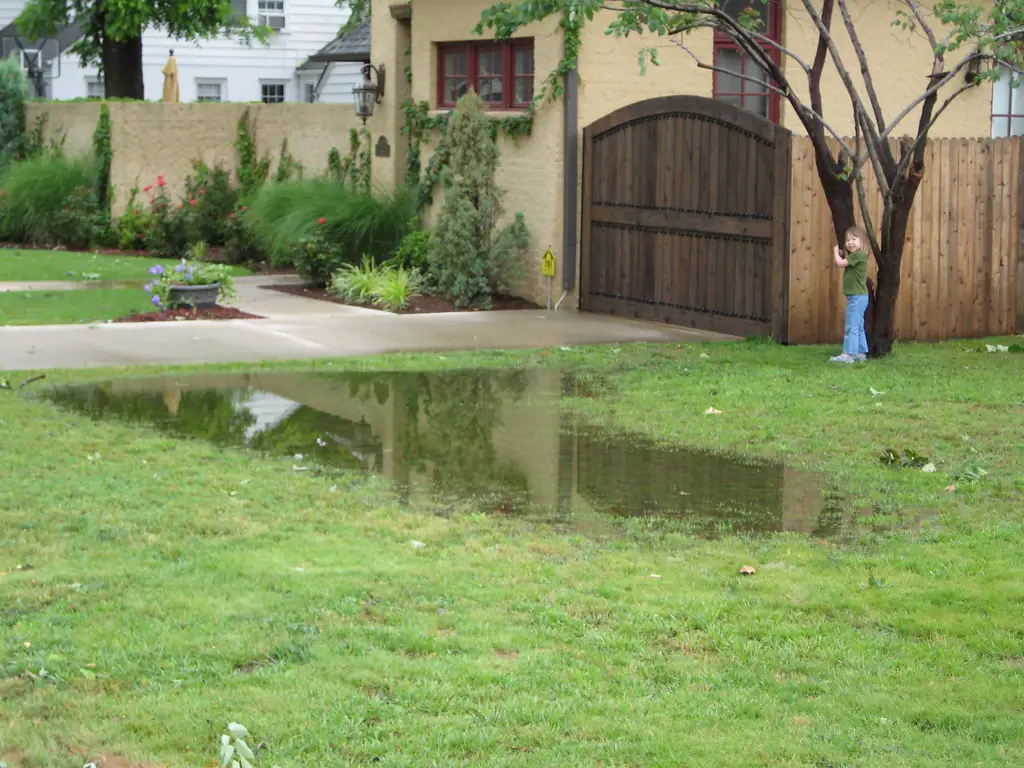
Many older homes lack proper drainage, leading to basement flooding or water pooling near the foundation. Updating gutters and grading is essential to prevent long-term damage.
12. Radon Exposure
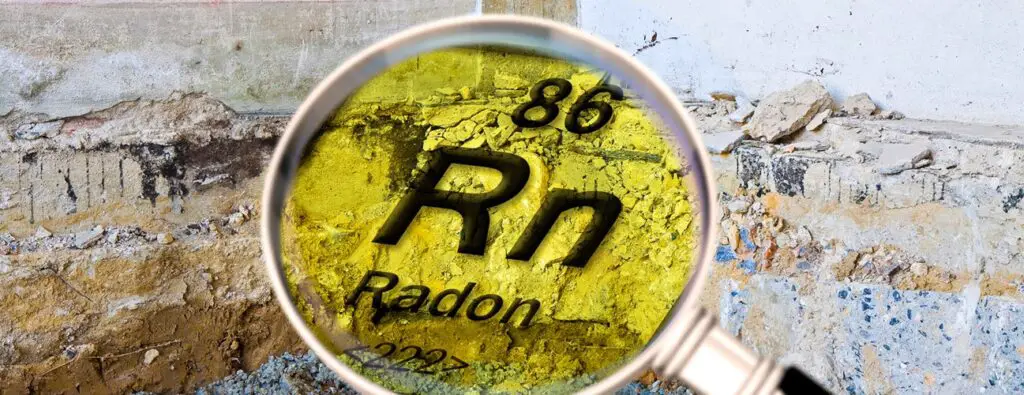
Radon gas was not a concern when 1970s homes were built, but it’s a significant issue today. Testing for radon and installing a mitigation system, if needed, is a critical safety step.
13. Outdated Fire Safety Standards
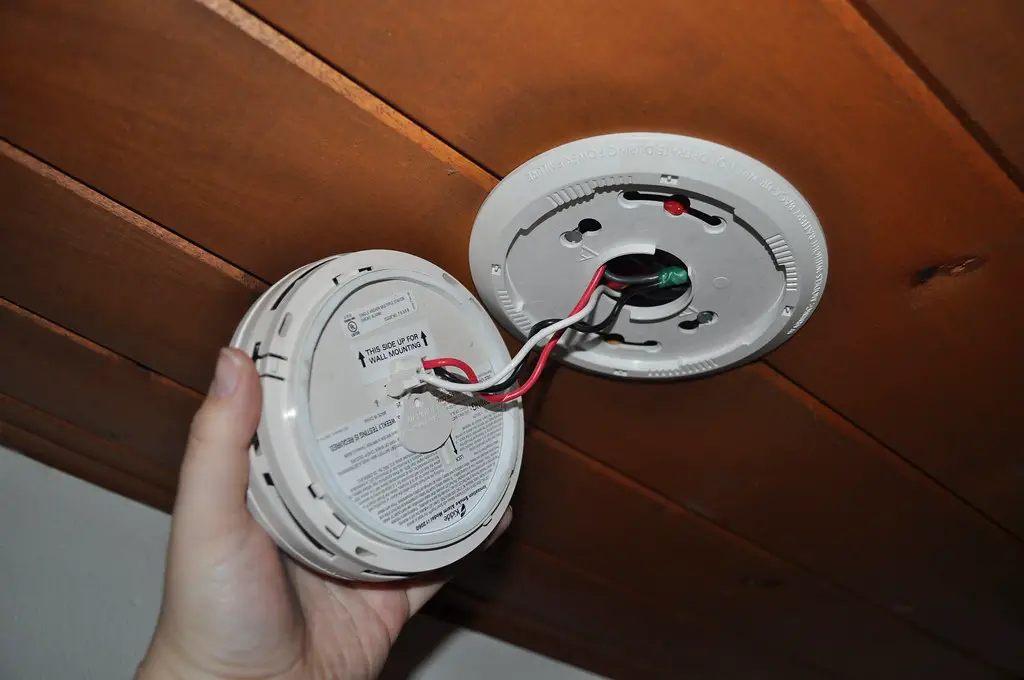
Many 1970s homes lack modern fire safety features, such as hardwired smoke detectors. Upgrading these systems is inexpensive but crucial for safety.
